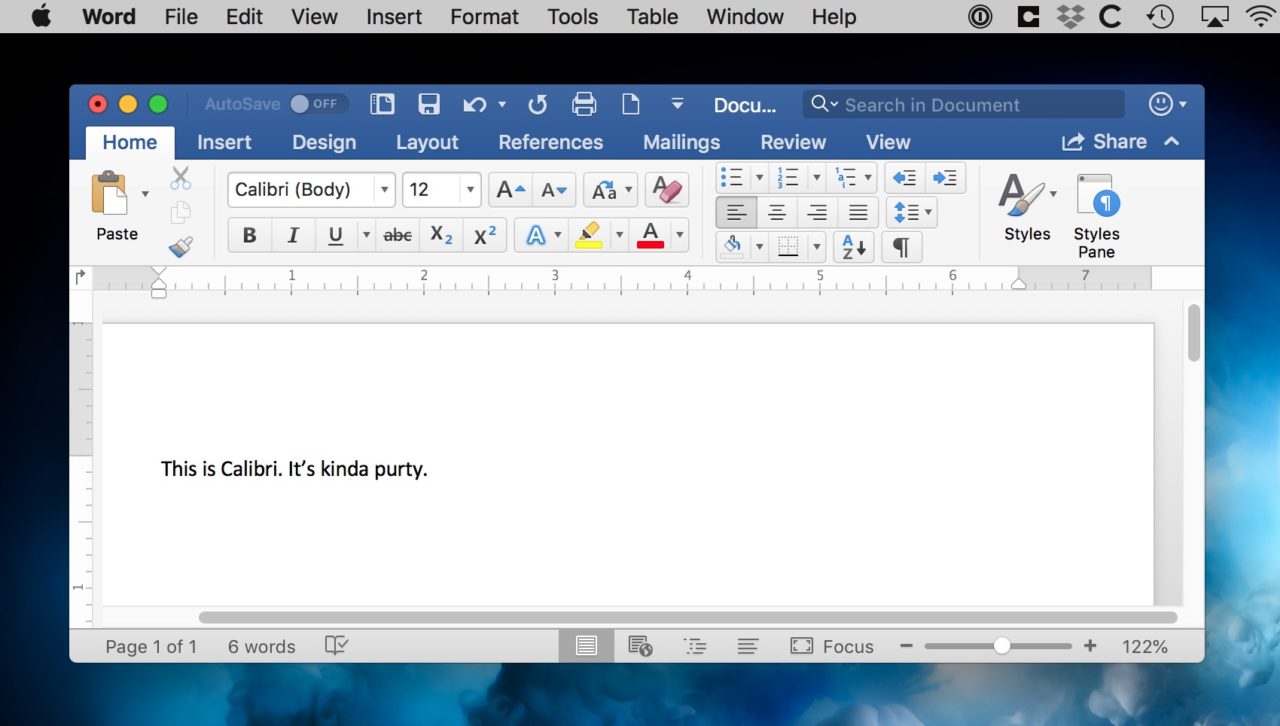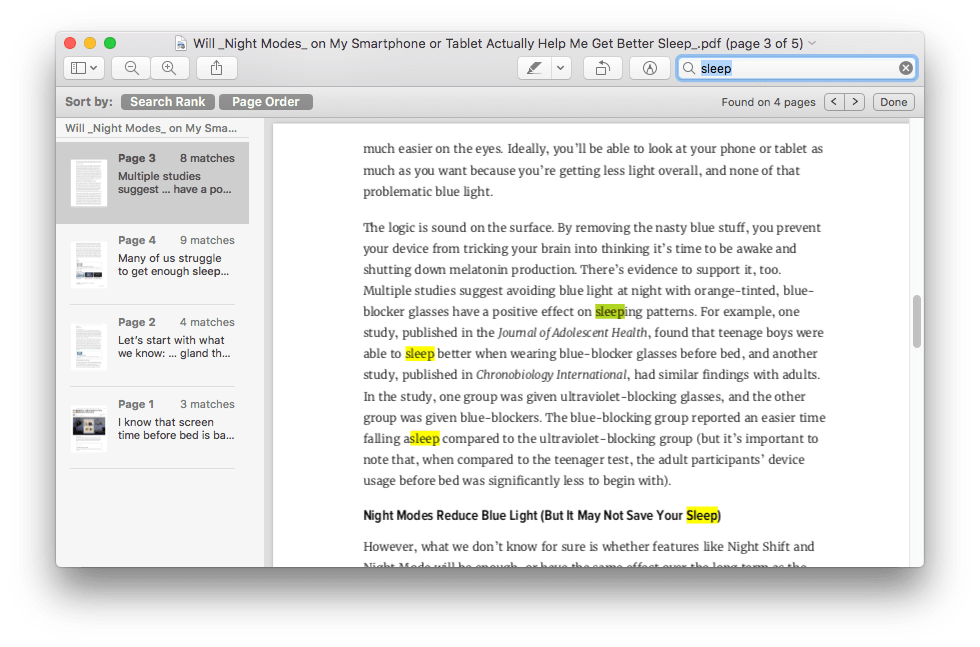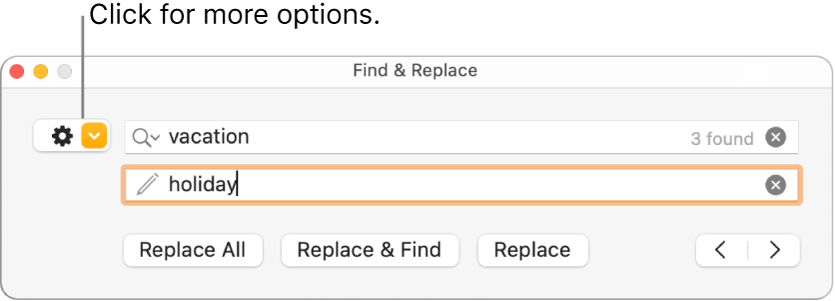

- HOW TO WORD SEARCH ON MAC ON WORD HOW TO
- HOW TO WORD SEARCH ON MAC ON WORD FOR MAC
- HOW TO WORD SEARCH ON MAC ON WORD INSTALL
- HOW TO WORD SEARCH ON MAC ON WORD SOFTWARE
This will open the file in Microsoft Word. Double-click on the file to be recovered. It begins with ‘ AutoRecovery save of’ followed by the name of the Word document you are trying to recover. You will be presented with a list of files. That will be searched and enter ‘ AutoRecovery’ in the Search field. Select the entire computer as the location. Steps to recover an unsaved Word document on Mac: If the application or your computer happens to crash while you are working on a Word document, you can recover it to the state it was in when the last automatic save was performed. You can modify this setting to have the app save at a shorter or longer time interval if you like.
HOW TO WORD SEARCH ON MAC ON WORD INSTALL
This option is turned on by default when you install the application and automatically saves a copy of open documents every 10 minutes.
HOW TO WORD SEARCH ON MAC ON WORD FOR MAC
Microsoft Word for Mac has an AutoRecovery feature that can help you recover unsaved Word documents. #1 Recover Unsaved Word Docs on a Mac with AutoRecovery

You can recover an earlier version of a file with a backup copy or from within the app.

I want to restore an earlier version of a Word document on my Mac. Try searching the Mac temp folder or recovering from within the Word app. I need to recover an unsaved Word document but AutoRecovery was not enabled. Use AutoRecovery or look in your Mac Temp folder. Word crashed while I was working on a document. Search in the Mac Temp folder or try AutoRecovery. Word froze and I did not save the document. I had to force quit Word and need to recover files.
HOW TO WORD SEARCH ON MAC ON WORD SOFTWARE
Use data recovery software or try recovering the file from a backup. I have accidentally deleted an important Word file that is no longer in the Trash. The document was recently deleted by the user.
HOW TO WORD SEARCH ON MAC ON WORD HOW TO
How to recover a previous version of a Word document on a Mac?.Tips to Help Avoid Losing Important Word Files.Recover text from a damaged file in Word.#6 Recover a Lost Word Document From a Time Machine Backup.#5 Restore a previous version of a Word file from within the Word app.#4 Recover Lost Word docs from the Mac Temporary Folder.Follow these steps to recover a Word document:.#3 Recover Deleted Word Documents using Disk Drill.Recover deleted Word documents from a backup Recover deleted Word documents from a Trash Bin #2 Recover Deleted Word Files from a Backup or the Trash.Steps to recover an unsaved Word document on Mac:.#1 Recover Unsaved Word Docs on a Mac with AutoRecovery.(in)> finds "in" and "within," but not "interesting. One or more occurrences of a character or finds "lot" and "loot." Tck finds "tock" and "tuck" but not "tack" or "tick."Įxactly n occurrences of a character or expressionĪt least n occurrences of a character or expressionĪ range of occurrences of a character or expression Mst finds "mist" and "most" but not "mast."Īny single character except characters in the range inside the brackets Ight finds "right" and "sight" and "tight."Īny single character except the characters inside the brackets You can refine a search by using any of the following wildcard characters. Select Replace All, Replace, or Find Next. Select Special, select a wildcard character, and then type any additional text in the Replace with box. Select the Replace tab, and then select the Replace with box. Word will find "Newman Belinda" and replace it with "Belinda Newman." For example, type (Newman) (Belinda) in the Find what box and \2 \1 in the Replace with box. You can search for an expression and use the \ n wildcard character to replace the search string with the rearranged expression. For example, search for to find "presorted" and "prevented."

You can use parentheses to group the wildcard characters and text and to indicate the order of evaluation. For example, type \? to find a question mark. To search for a character that's defined as a wildcard character, type a backslash (\) before the character. You can also enter a wildcard character directly in the Find what box instead of selecting an item from the Special pop-up menu. To cancel a search in progress, press + PERIOD.


 0 kommentar(er)
0 kommentar(er)
